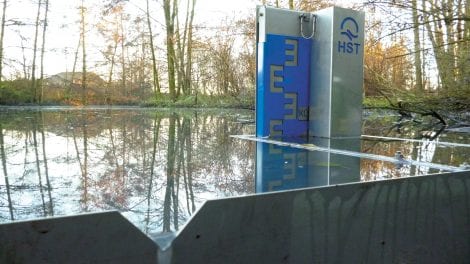Stormwater Retention Basin
Systems and solutions for: Stormwater retention basins and deep storage tunnels
Nature recognizes no natural catastrophes – only man recognizes catastrophes. This sentence is especially true for floods.
Nature is familiar with floods and important habitats, such as floodplain forests, even need them. Over the centuries, humans have increased the severity of the damage caused by floods through more sophisticated uses on the watercourse. Today, despite the recurring threat of flooding, the floodplains are where our residential, transportation, and commercial areas are located. Experts predict that, as a result of climate change, extreme flood events will occur even more frequently in the future.
On the basis of the European Water Framework Directive and the Flood Risk Management Directive as well as the relevant national laws and regulations, flood protection is one of the elementary tasks of the federal, state and local governments to ensure the provision of basic human needs. Flood protection is required where there are hazards with significant damage potential for people, traffic and commerce. Flood risk management plans are irreplaceable for the risk assessment and for the management of hazardous situations.
Flood protection is achieved:
for larger watercourses, by dikes, retaining structures and reservoirs
for smaller watercourses, through development and retention in the catchment area in the form of flood retention basins (HRB)
for buildings and company facilities, by means of lightweight dams and barriers
Our focus in flood protection lies on the technical equipment of polders (e.g. on the Rhine with the HW-Lagezentrum Karlsruhe) and HRBs.
HST near your location
Germany
HST Systemtechnik
Heinrichsthaler Straße 8
D-59872 Meschede
+49 – (0) 291 – 99 29 -0
+49 – (0) 291 – 76 91
info@hst.de
HST Worldwide
Definition
(according to Wikipedia)
A stormwater retention basin (HRB) is an impoundment whose primary purpose is to regulate the flow of a watercourse during floods. It mitigates the draining flood wave by temporarily storing excessive water loads and releasing them again in a well-controlled manner after an event has subsided. The basin is normally empty (so-called dry basin or green basin) or partially filled (permanent reservoir).
Classification of HRBs (country-specific):
Class B: very small pools, capacity up to 50,000 m³, dam height up to 4,0 m
Class 3: smaller pools, capacity up to 100,000 m³, dam height up to 6,0 m, (dam-class 3)
Class 2: middle pools, capacity up to 1.000.000 m³, dam height up to 15.0 m, (dam-class 2)
Class 1: large basins, content over 1.000.000 m³, dam height over 15.0 m, (dam-class 1)
The technical equipment of HRBs consists of:
- Basic and operating outlets in the form of gates or segmental weirs
- Flood relief facilities for filled basins in the form of fixed overflows or weirs
- Measurement technology for levels and gauges
- EMSR and automation for system control and management
- SCADA and cameras for monitoring and recording operating conditions with documentation
- Dam log book for documentation of subsequent operation
- Due to the high potential for damage, the operational safety of the technical equipment and the management in hazardous situations with a focus on as few operating points as possible play a very important role.
With the experience gained from many completed projects, HST also offers the tried-and-tested technical solution from a single source for the technical equipment of HRBs based on DIN 19700, predominantly with their own products!
Due to its compact design, the two-track transverse structure of the dam for ground and operating outlet and flood discharge, which we have developed, guarantees minimal intervention with technical structures in the landscape (only a concrete structure), optimum ecological continuity and concentrates all technical equipment in just one operating point.
Our Solution
In consultation with the building owners, approval authorities and planners, the HST solution essentially consists of:
- The bottom outlet in the form of sliding or roller contactors with electric or hydraulic drives
- The operating outlet, if necessary, for better outflow control in the form of segment weirs with hydraulic drive
the flood relief with ASK weirs (float-controlled, without external energy, with maximum operational reliability even with complete power failure) for optimal utilization of the storage volume - The facilities for coarse material retention, impact protection and to avoid jamming, if necessary
- The complete electrical engineering, if necessary. with emergency power supply
- The complete measuring technology with automatic calibration of the measuring equipment (for example, the central basin level measurement for the plant control) to ensure the constant measuring accuracy due to the usual device accuracy drift
- The automation for the operation of all technology. Facilities taking into account constraints and other outflow conditions, e.g. in local layers below the dam
- The SCADA system (SCADA V10 or SCADA.web) for digital plant monitoring, data acquisition and documentation of all operating states, faults and limits, including reporting, with protected remote access
- Networking with government agencies and municipal and governmental emergency services and, if available, with existing IT systems
- The visual monitoring of installations with cameras, also for burglar and vandalism protection and documentation
- The precipitation portal NiRA.web, for the documentation of precipitation, including the 72-hour forecast, if necessary, including prognosis (including heavy rain warning) in plant automation (IoT)
- The digital dam book gem. DIN 19700 with the KANiO-Fachschale – dam book for digital inventory and operating documentation
- The service hotline and the maintenance and repair in later operation
The HST-HRB-System has undergone a comprehensive risk assessment in accordance with DIN 19700, Part 10 by the licensing and supervisory authorities (LfU Bayern, RP, WWA) and has successfully passed them without any restrictions.
We provide comprehensive planning support in terms of consulting, assessing, dimensioning, and planning documents with examples, performance texts, etc.!
Products

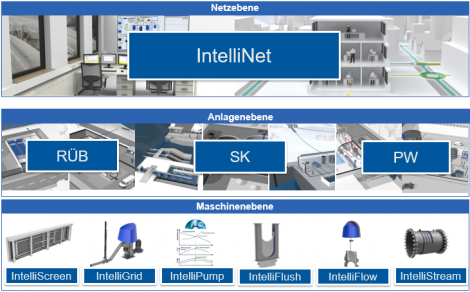
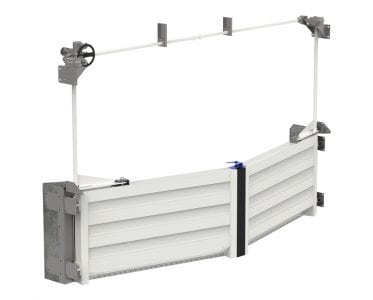

NiRA.web
Precipitation is measured with radar – nationwide and current. The data service NiRa.web is a joint product of HST and MeteoGroup and an innovative…
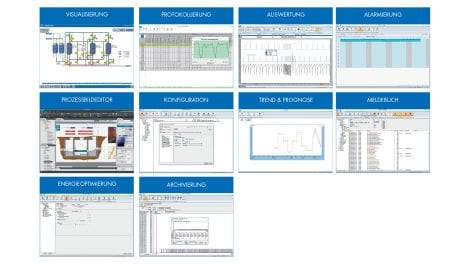
SCADA V10
Process control software for process control, process monitoring and logging….
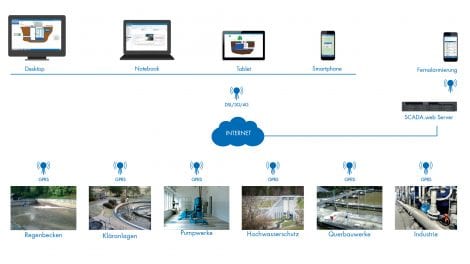
SCADA.web
Web portal for remote monitoring and control of spatially distributed plants…
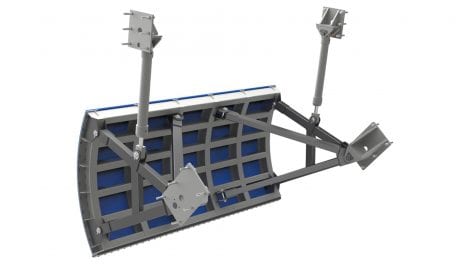
Segmental Weir
Segmental weirs are widely used where it is necessary to regulate water amounts with high pressure….
